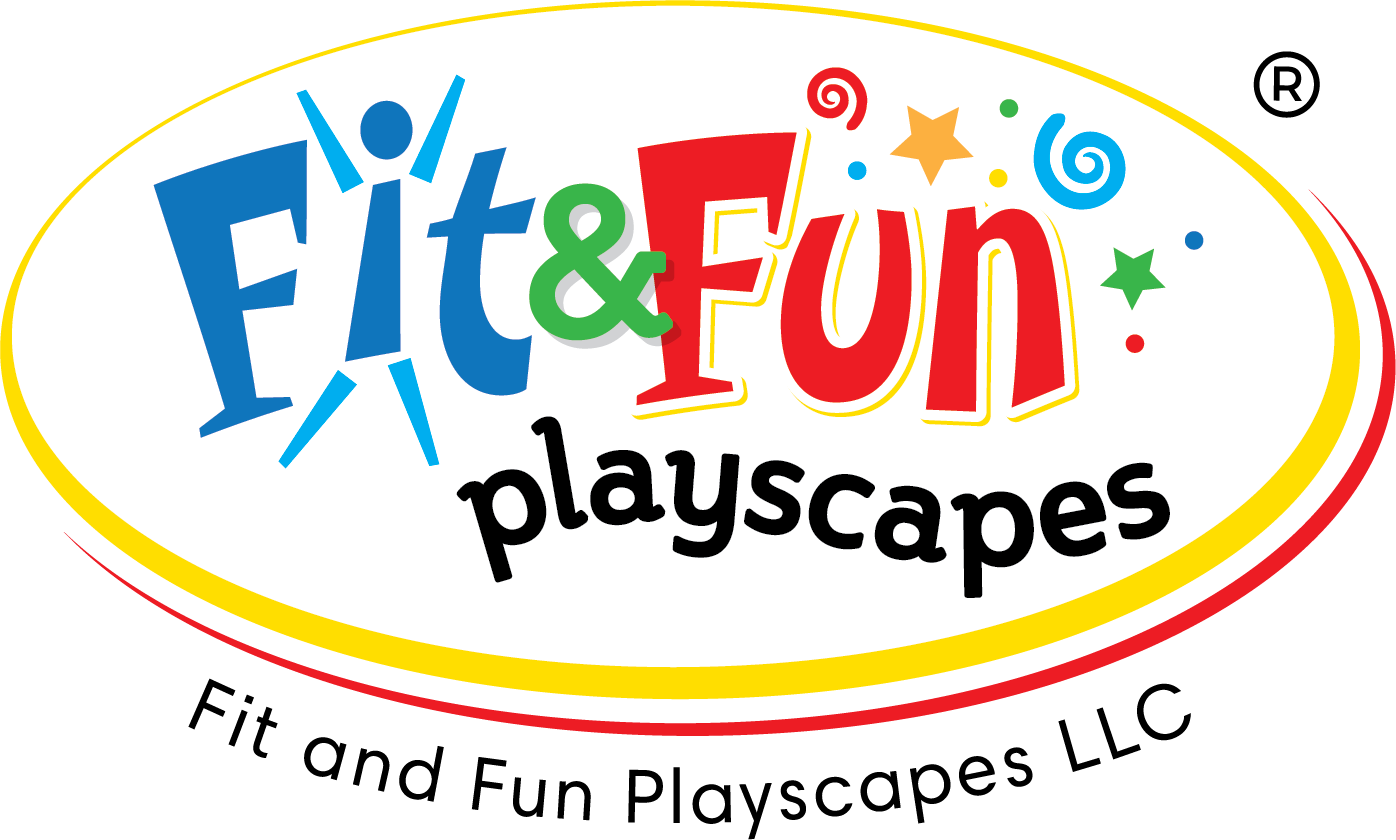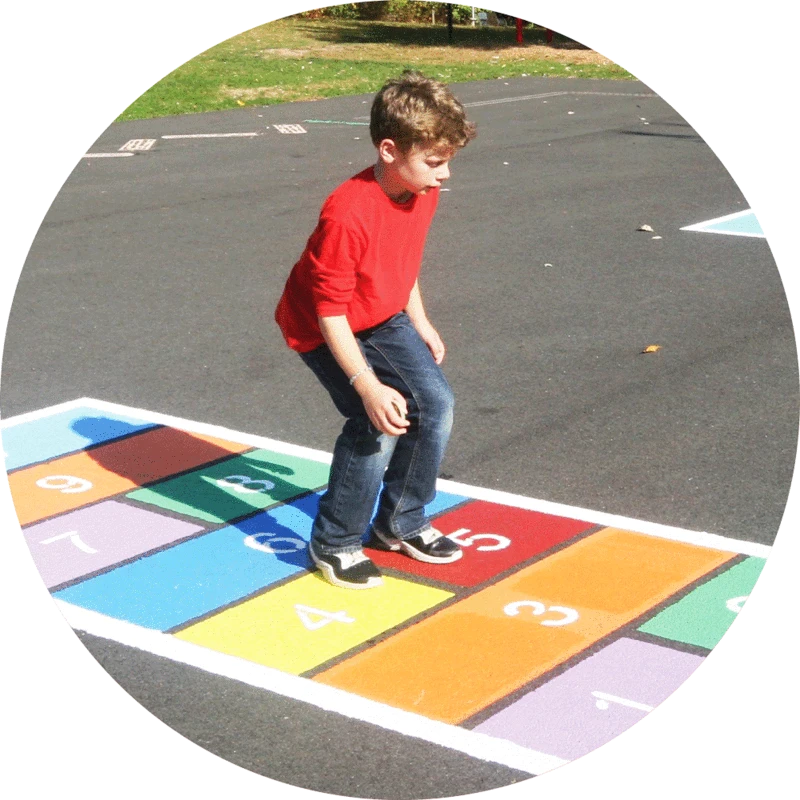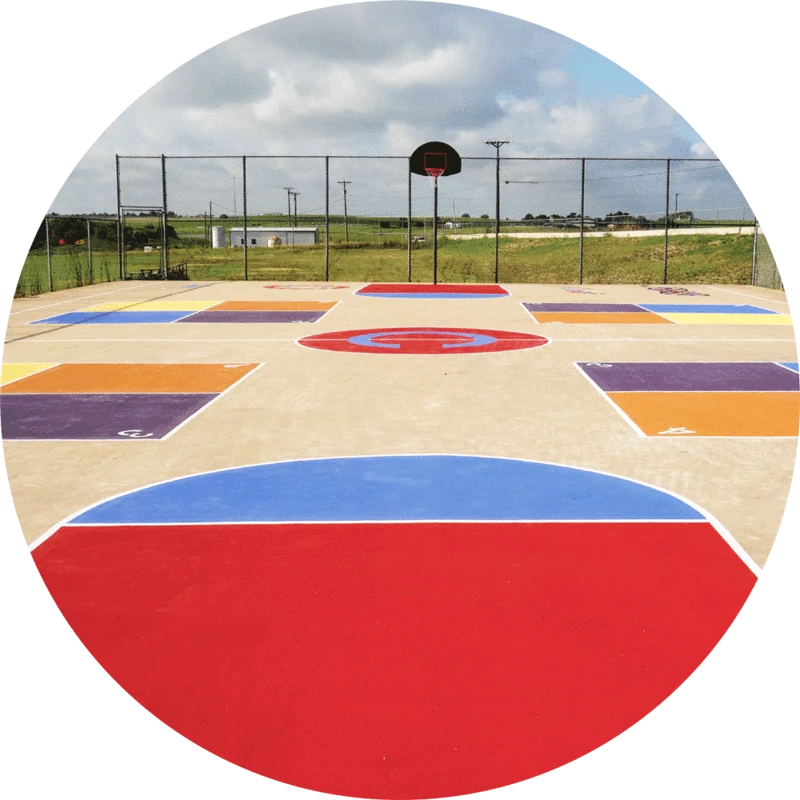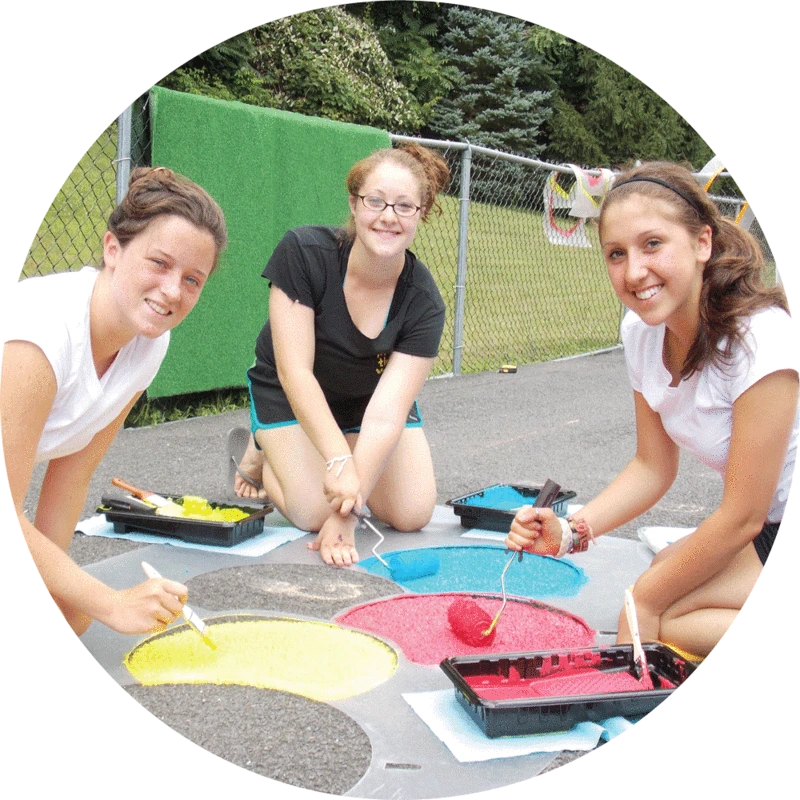RECESS & PLAYGROUND RESOURCE CENTER
We’re excited to provide you with our Recess Resource Center, the “in” place to explore the many facets of recess. Since we’ve been designing games and activities and helping thousands of schools make more of recess for more than 11 years, we’ve collected quite a bit of information so we figured we’d pass all those experiences along! Here, you can access information about our outdoor and indoor recess activities, as well as learn more about why recess is important and how your school, playground, or community can benefit from a well-planned playground.
Be sure to check out this informative CDC and SHAPE American resource where Fit and Fun Playscapes is named as a resource for Category 3: Recess Guide Recess Planning In Schools: A Guide to Putting Strategies for Recess into Practice.
What is recess?
What makes a great active recess?
Can recess only take place outdoors?
Why Is Recess Important?
Recess is important for so many reasons. Some are obvious like the impact recess has on a student’s physical fitness, health, and wellness but there are so many more benefits that are affected. Research has shown that recess also positively impacts a student’s mental health and social skills. Ultimately, recess helps kids be better learners, but there’s also a lot more.
In addition, recess may be the only opportunity for a child living in the age of digital devices to have physical activity and social interaction, so recess is more than just fun. It is a necessary component of a child’s development. At Fit and Fun Playscapes, we take recess seriously and we recognize the various impacts recess has on children. Because of our diverse game designs, we’ve been cited by the CDC as a resource to create environments supportive of physical activity during recess.
Recess Planning and Zoning
Recess planning is recommended to ensure elementary school students have at least 20 minutes of daily recess as part of the nationally recommended 60 minutes of physical activity and have access to a variety of fitness, wellness, and socialization opportunities. According to the recent “ Recess Planning In Schools: A Guide to Putting Strategies into Practice ” published in January of 2017 by the CDC and SHAPE America, Fit and Fun Playscapes is proudly listed as a resource for Strategy Category 3: Creating an Environment Supportive of Physical Activity During Recess. We have professional designers on staff to create well-planned recess/playground areas that suit your budget, configuration, and grades/ages served.
When planning a playground/recess area, Fit and Fun Playscapes takes into consideration the three (3) physical activity zones as noted in Strategy 12 (Sports Areas, Fitness and Skills Areas, and Relaxation Areas) when laying out our playground stencil games. Zoning a recess area involves dividing the space into separate areas or “zones” with specific activities associated with that particular space.
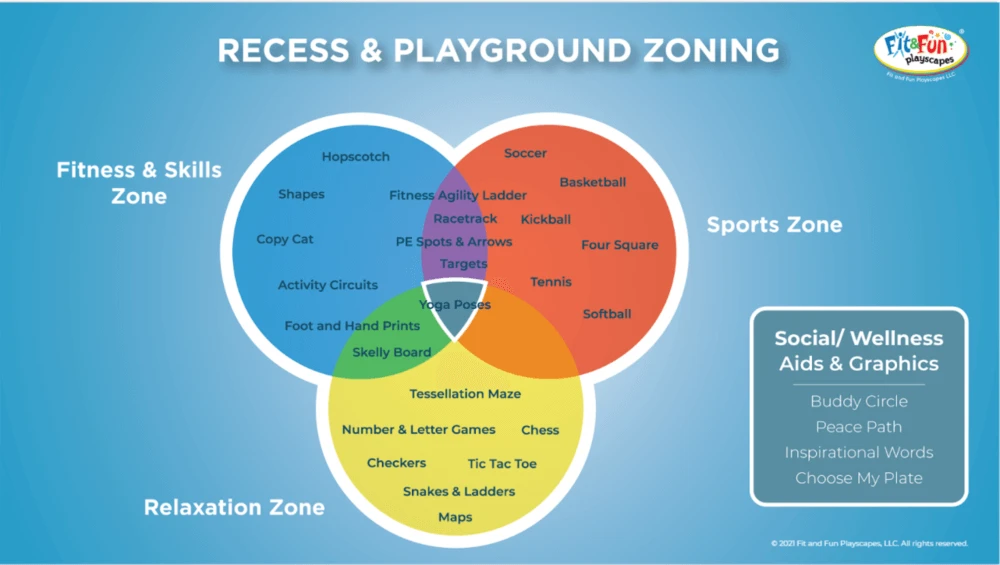
According to a recent study by the University of Missouri, “In the Zone: An Investigation into Physical Activity during Recess on Traditional Versus Zoned Playgrounds”, researchers found that zoning a playground with specific games improves a child’s chance of engagement and increases physical activity by 10%. Co-author Jill Barnas reports, “By reworking traditional recess games to be more vigorous, children are able to increase their physical activity in a really easy way, improving their health and doing better in school”. Fit and Fun Playscapes recognizes the importance of social and wellness aids and graphics as well. We enjoy turning these features into a custom playground/recess design.
Strategies to increase a child’s level of physical activity during recess are also outlined in “Increasing Physical Activity Through Recess” a research brief published in 2012 by the Active Living Research, a national program of the Robert Wood Johnson Foundation. Key research strategies include providing inexpensive playground equipment, recess supervisor training, painting playground surfaces with games or murals, activity zones, or any combination thereof
Fit and Fun Playscapes is the only recess stencil company with professional designers on staff that can design a plan of your playground showing our recess stencil games transposed over an image of your playground area, complete in full color. Zoning recess spaces–as well as other planning considerations including points of access, buffer areas between games, etc–all factor into a well-organized playground/recess environment.
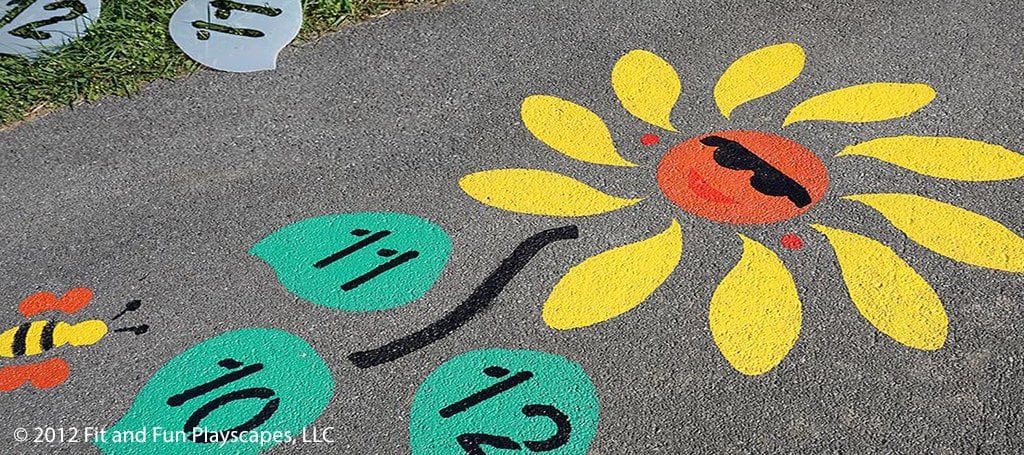
Now Offering: Free Virtual Meeting – Playground Planning Strategies
Would you like to turn your playground or recess area into a colorful, interactive environment that is thoughtful, inclusive, and addresses the strategies outlined by the CDC? Meet with our team of experts to learn about how easy it is to integrate the CDC strategies and the latest trends in physical activities.
Check Out Our Active Recess Blog Posts
• Childhood obesity is on the rise. According to the Centers for Disease Control (CDC), 1 in 5 American children and adolescents are considered obese. That’s why the CDC recommends 60 minutes of play per day, and recess can help with that.
• Besides fighting childhood obesity, recess has other important physical benefits. Recess provides a well-documented and profound educational boost to children in the classroom. Their test scores prove it. We discuss this in our blog post, Redefining Recess: The Educational Benefits of Recess.
• Michael J. Hynes, E.D., Superintendent of Schools for the Patchogue-Medford School District in Long Island, knows about the importance of recess.
He writes about it in our blog, Kids Need Play and Recess. Their Mental Health May Depend On It.
CREDITS:
The Crucial Role of Recess in School
Council On School Health Pediatrics January 2013, 131 (1) 183-188; DOI
Recess Planning in Schools: A Guide to Putting Strategies for Recess into Practice
Centers for Disease Control and Prevention and SHAPE America — Society of Health and Physical Educators.
Atlanta, GA: Centers for Disease Control and Prevention, US Dept of Health and Human Services; 2017
